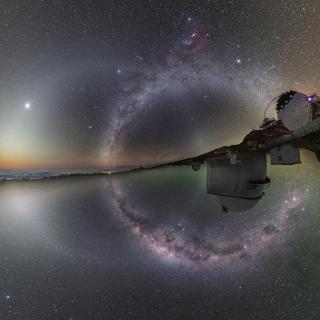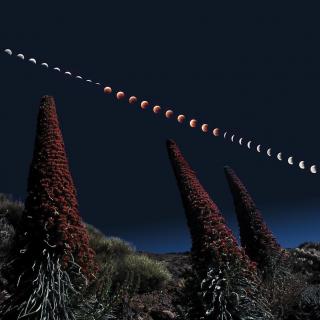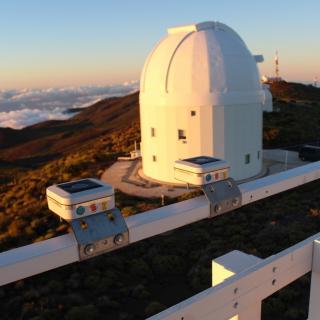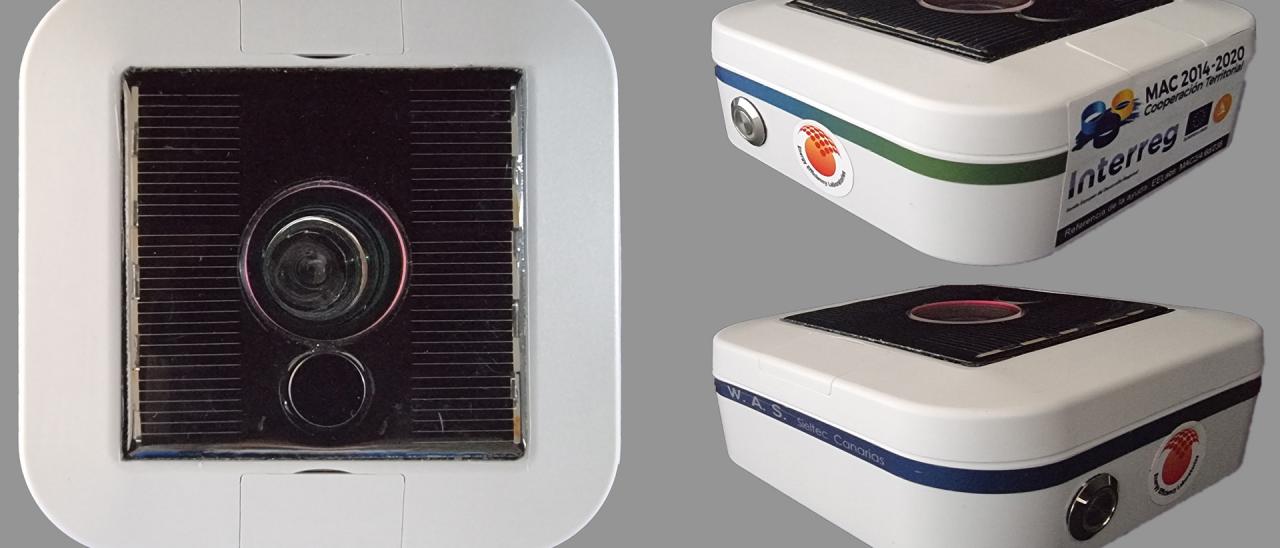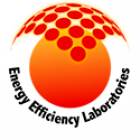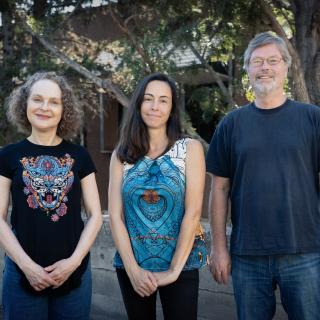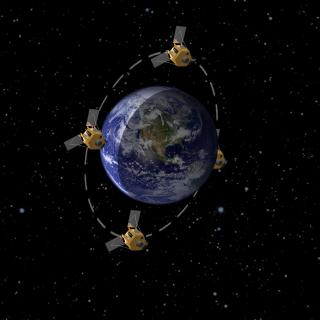Completely autonomous, not invasive, and low-cost. This is the new SG-WAS (SkyGlow Wireless Autonomous Sensor) which will help to measure the impact of artificial night lighting on the natural protected areas of Macaronesia.
A little over a month ago, the magazine Sensors revealed to the scientific community a new low-cost instrument for measuring the brightness of the night sky. The SG-WAS photometer has been developed by the Canary R+D+I company SIELTEC Canarias, for the Project Interreg EELabs (Energy Efficiency Laboratories) coordinated by the Instituto de Astrofísica de Canarias (IAC). It is the first free standing sensor, powered by solar energy, which can communicate via the technologies LoRa, WiFi, or LTE-M. This allows it to be installed in places with very difficult access, where until now levels of light pollution could not be measured on the ground for long periods.
Outstanding among its technical characteristics is its rapid charging capability. It can attain maximum voltage in just four hours, after a complete night’s working. Thinking of its use on sites where the solar irradiation is very variable during the year, work has been put in to make it capable of remaining up to 20 days without recharging while it is taking measurements every night. And if after this length of time it is still not receiving sufficient sunlight in goes into hibernation, from which it can recover when it receives direct sunlight again.
For more than a year its resistance to extreme weather conditions has been tested, and the stability of its measurements has been shown during field tests. At the present time over 50 SG-WAS instruments are in action within the network of photometers of the EELabs project on the islands of Corvo (Azores), Maderia, La Palma, Gran Canaria and Tenerife, which take continual readings of the zenith darkness of the night sky every 5 minutes and send them to EELabs’ public data base.
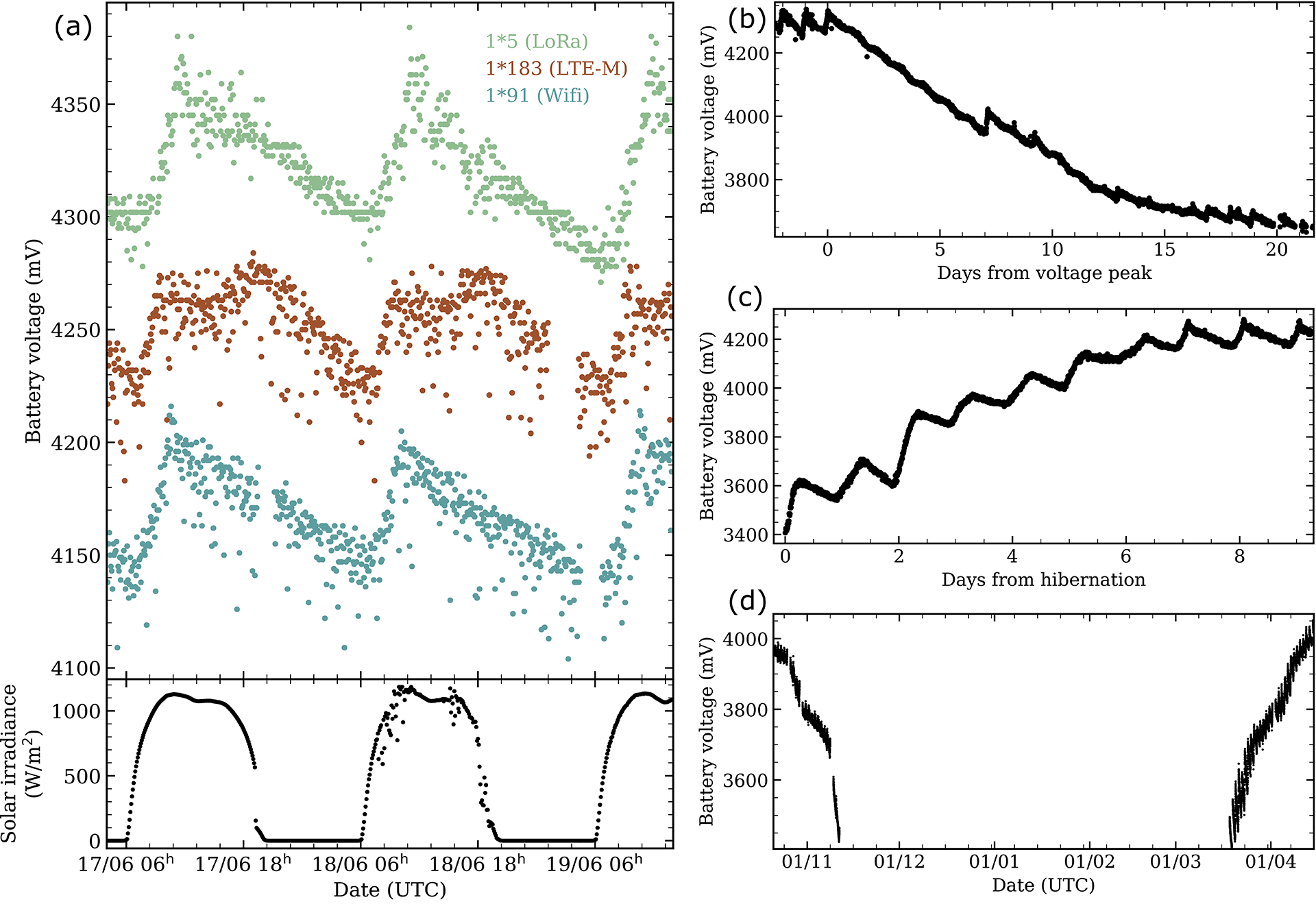
Innovation based on experience
Its optical design is very similar to the photometers TESS-W in the STARS4ALL project, in which the IAC also participated. “It is designed to measure the darkness in a circular area some 19 degrees in diameter around the zenith. It covers virtually the full visible range, between 400 and 720 nm, and has a transmittance slightly higher than its predecessors” explains Miguel R. Alarcón, IAC researcher and first author of the article. And he adds: “This has allowed us to design an averaging algorithm which lets us reduce the instrumental error down to thousandths of a magnitude and to recognize immediately the presence of clouds”.
To reach extreme precision “We have designed a new method of calibrating the photometers which uses a Sky Integrating Sphere (SIS) which lets us reach calibration accuracies below 0.02 mag/arsec2”, explains Miquel Serra-Ricart, coordinator of the EELabs project and coauthor of the article.
This work is an example of technology transfer between the Instituto de Astrofísica de Canarias and local industry, which is favoured by the projects in the Interreg MAC programme.
EELabs (eelabs.eu) is a project funded by the Programme INTERREG V-A MAC 2014-2020, cofinanced by FEDER (European Fund for Regional Development) of the European Union, under contract number MAC2/4.6d/238. Five centres in Macaronesia (IAC, ITER, ULPGC, SPEA-Azores and SPEA-Madeira) work in EELabs. The objective of EELabs is to build laboratories to measure the energy efficiency of the artificial night lighting in protected natural areas in Macaronesia (the Canaires, Madeira, and the Azores).
Scientific article: M. R. Alarcon, M. Puig-Subirà, M. Serra-Ricart, S. Lemes-Perera, M. Mallorquin, C. López (2021) SG-WAS: A New Wireless Autonomous Night Sky Brightness Sensor. Sensors 2021. DOI: https://doi.org/10.3390/s21165590
EELabs website: www.eelabs.eu

